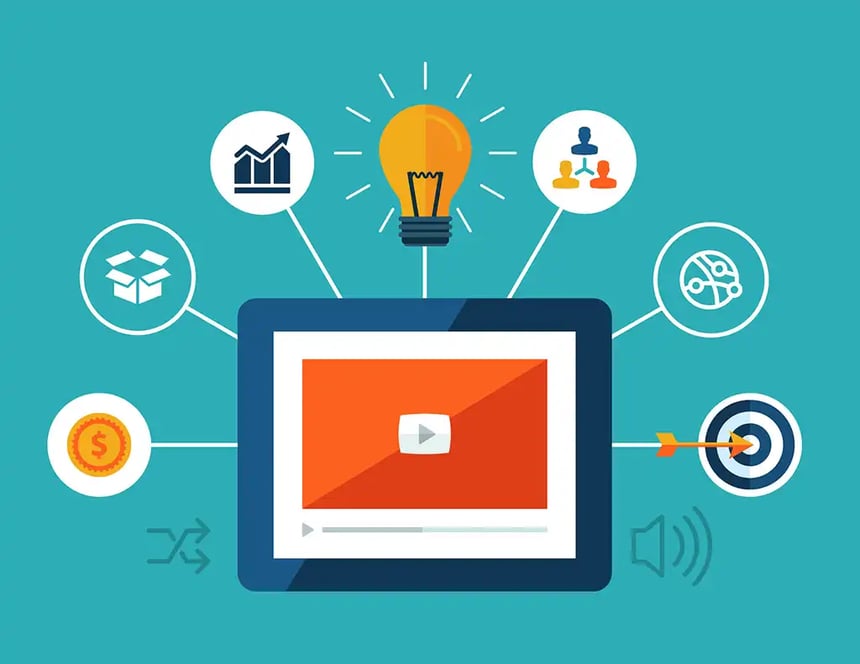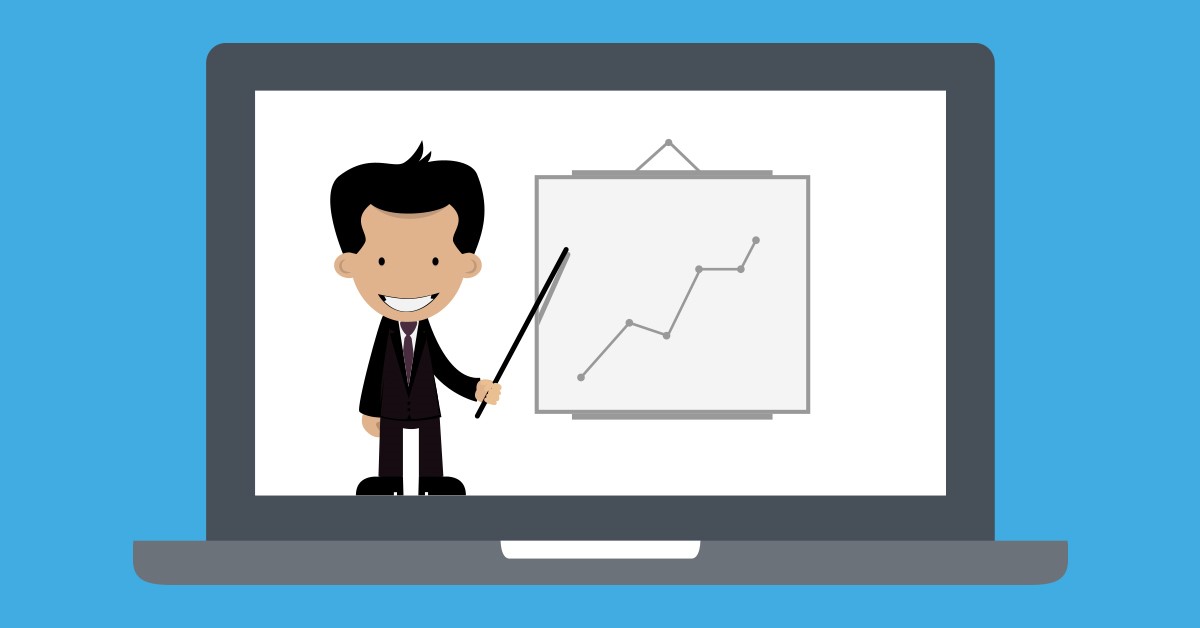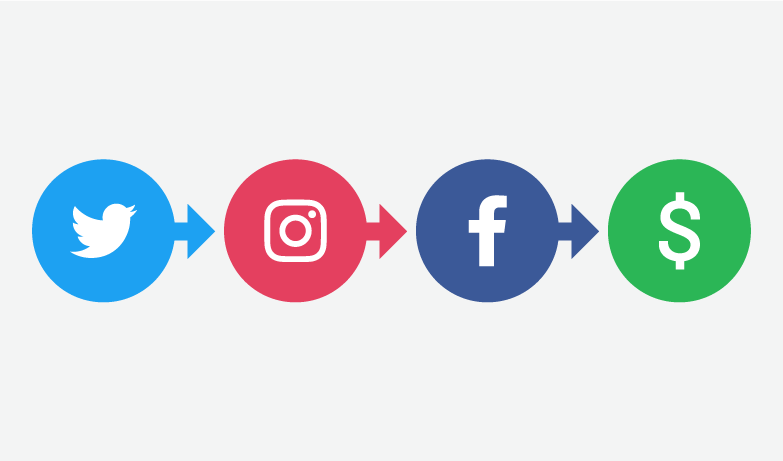Video Marketing: A webinar marketing strategy you can make work
- Home
- Video Marketing: A webinar marketing strategy you can make work
With a webinar, you can reach everyone and go global. You're not tied to a specific location and you're not tied to a specific time or audience. It's a great way to implement a video marketing strategy across your business.
The platform Twentythree has existed for 10 years, with more than 2 million videos on the platform, which is a combination of all our 300 customers. The company is based in Copenhagen and also has a video studio in San Francisco.
Why should you make a video as content?
Today, people are not using videos properly, they're not measuring the data and converting leads.
However, video is a great tool: to keep watching repeatedly. It provides content that is emotional and easier to understand.
According to Rand Fishkin, the branding and stickiness value of video means that every viewer is worth at least 10 times more than every text context.
On the other hand, customer’s behaviour change day by day between the new technology and old behaviour. TV and video were first introduced in the entertainment industry many years ago, back then the new technology trying to fit into a very old behaviour.
Today we have the second wave of video in general, which is using quite old technology in the video, but it has a new behaviour.
The new generation of content is divided into two different sections :
- They have a qualitative side, which focuses on how they communicate humanised content and engage people with videos.
- They have this other side which is the quantitative side, data, and information analysis.

Why should we use video content?
- To create awareness on social media.
- To attract people
- To understand how people are engaged in the video and use those insights to improve and optimise. We see 50 per cent high engagement when you have a video on your page
- To keep people a little bit longer on your page.
Which data can we analyse with a video?
- How many clicks does the video have?
- How many are playing the video?
- How is the engagement data?
- How many leads did you generate with your videos?

What do you have to know about video content?
Only 24 per cent of marketers measure conversions, and 18 per cent measure how many leads they've generated. And then we have a whole 27 per cent that hasn't even defined what success for their video marketing means.
The reason why it's so important is that if we don't measure our data if you don't know how our videos are performing, you probably also don't know how to score leads, and attribution data will also be off. For most people, it is quite high criteria to understand, who they've got in their databases.
If you get people on social media and you get them to your inbound pages
If people are on your pages, that also means that they're staying, they're sending traffic to your pages. So instead of being stuck on one platform or to YouTube or Vimeo. Always be on different channels or social media channels :
- Your inbound pages

What are the advantages of a webinar?
- You can reach everyone and go global
- You're not tied to a specific location
- You're not tied to a specific time
- Specific audience
Webinar data is much more than attendance rate. So it has engagement data as :
- How long did they stay in the live Webinar?
- How long did they stay in the on-demand?
- The attendance rate?
It is interesting to see who attended your webinar. Who did you have that human connection with? Who knows your face?
Now, people know your face, so you can keep nurturing people by getting information such as demographic data, or who, and what they need. and you'll be able to segment and nurture your data.
In the webinar tool, the webinar platform you have all these things in one. You'll be able to :
- Create your landing pages for registrations.
- Create all your reminder emails where you're sending out and saying,
- I signed up for a Webinar and got a live version
- You have the video marketing platform
- You're on-demand version is straight away, sent into the video library that you have in your video marketing platform.
- you can shoot it out as undermanned on any social media channel. Schedule it, and send it out to your 27 Facebook pages.
- And then the video editing is also in our video marketing platform. So the end of a million different tools.
- You can customise everything. We've created simple templates that you can sign up a little bit with your brand, but we will have no 23 logos anywhere. It will be sent from your domains. It will be your brand colours, your funds, your pictures, your everything. It also means that, when you're not only when you're creating your registration page, the webpage before the Webinar starts and the actual Webinar page, it also means the follow-up emails or the reminder emails, and I was just talking to a couple of you before.
HubSpot Integration
Integrating with HubSpot is key. But what I want to talk about is the data that we get from the Webinar, which is even more key.
You must have a full-on picture, not just of how your live version has performed, but also how your on-demand version is performing because you're on-demand version is on your pages forever and ever if the Webinar is good enough, to attract people and also convert leads.
So that's a little bit about what I had to talk about today. But I'm super curious to understand for those who are driving webinars or plan to drive webinars, how you're doing it today and what you find troubling. Maybe we can help.
Please put your feedback and questions in the comments below.

